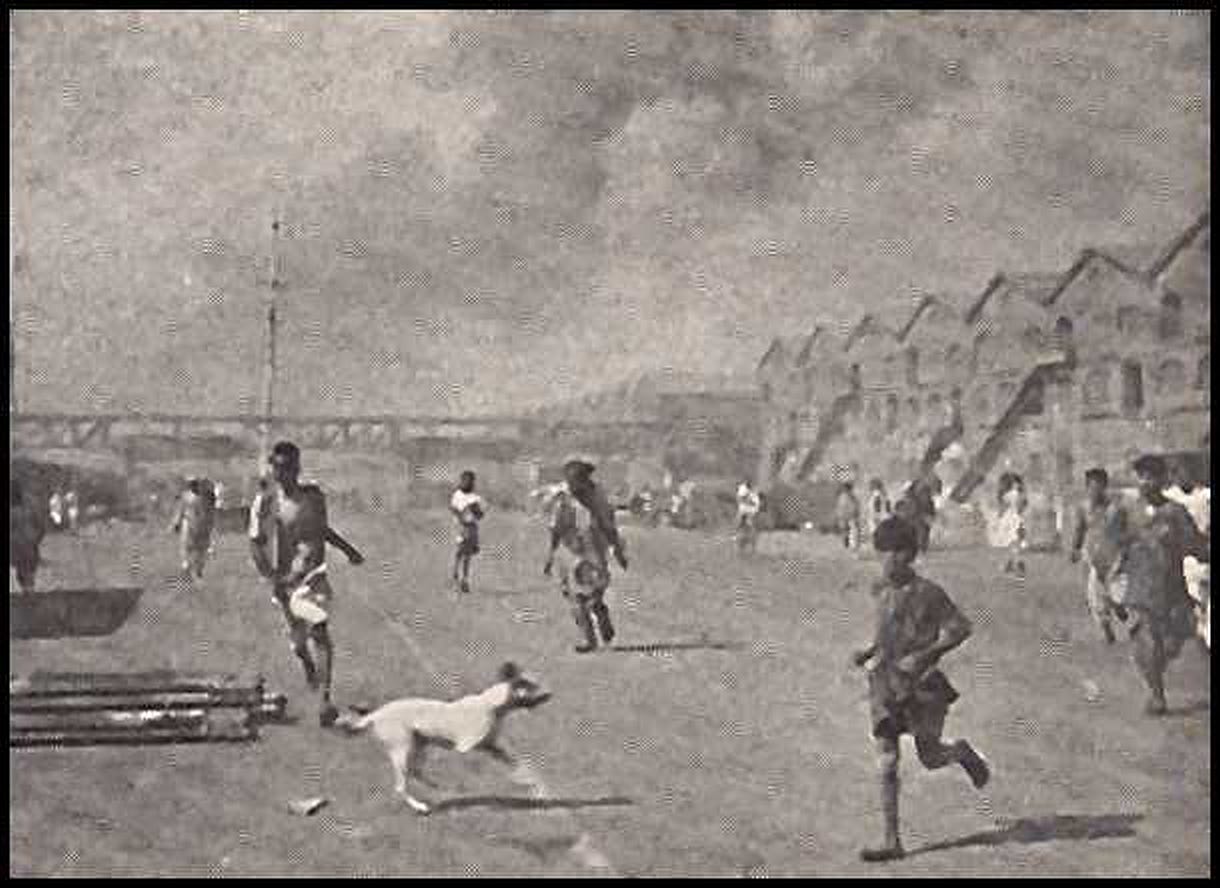The Mysteries of History (April 14 Edition)
Webster's American Dictionary; Lincoln Assassination; Bombay Explosion
“Those who cannot remember the past are condemned to repeat it.” — Spanish-American philosopher George Santayana, 1905
“He is free to evade reality, he is free to unfocus his mind and stumble blindly down any road he pleases, but not free to avoid the abyss he refuses to see.” — Alice O’Connor, 1961
1828 — Webster’s American Dictionary Published
public domain image from wikimedia commons
“…Old Mr. Webster could never define
What's being said between your heart and mine…”
— from Keith Whitley’s (1954-1989) song When You Say Nothing at All
On this date in 1828, Noah Webster’s American Dictionary of the English Language was published, acknowledging and promoting an American dialect of the English language that differed in some ways (orthographically, phonetically, and otherwise) from the English used by, for example, people in England.
Webster’s monumental work introduced over 10,000 “Americanisms” and codified spelling, which had previously been chaotic, basically an every-man-for-himself anarchic attempt at phonetic spelling.
Questions: What do you think about phonetic spelling, such as spelling “phonetic” as “fonettik”? What do you think of simplified spelling, such as spelling “though” as “tho”? Why does British English differ from American spelling in the orthographic representation of words such as “sympathize” (American) and “sympathise” (British)? Which do you prefer? How about “jail” (American) and “gaol” (British)?
1865 — Abraham Lincoln Shot by a Sore Loser
public domain image from wikimedia commons
President Abraham Lincoln (1809-1865) was shot in the back of the head by the coward J.W. Booth on this day in 1865. There have been other assassinations by jackasses throughout history, before and after Lincoln, but this is probably the most pivotal one in U.S. history.
The following is what I wrote about Lincoln’s assassination in my book Still Casting Shadows: A Shared Mosaic of U.S. History — Volume 1: 1620-1913:
April 14th, five days after Lee’s surrender, with the Civil War finally all but over, President Lincoln was assassinated by an overwrought, over-dramatic, alcohol-fortified twenty-six year old racist named John Wilkes Booth. Although pro-slavery and a white supremacist, Booth had never fought in the Confederate Army. After it was too late, and the war was over, he had begun to chastise himself for a coward. At the time of the assassination, Booth was downing half a quart of brandy per day.
Booth had already botched two previous attempts to kidnap the President. And he wasn’t the only one with evil intent and malice in his heart toward the President—eighty letters that threatened Lincoln’s life were on the President’s desk this very day.
As an actor himself, Booth was familiar with the theater and the play Lin coln was attending, and what it would take to gain an audience—albeit unin vited—with the President. He lured the stagehands outside with alcohol, and after imbibing two drinks himself, waited for the most opportune moment. At a point when there was only one actor on stage, Booth stole into the Lincolns’ box and shot the President from point blank range in the back of the head.
The conniving assassin then leaped fourteen feet to the stage, breaking his leg in the fall. Brandishing a dagger, he turned to the audience and bellowed out something. Some claim he yelled “Sic semper tyrannis!” (which means “thus ever to tyrants,” and is Virginia’s state motto); others present thought he said “The South is Avenged!”
Booth had also planned to kill Ulysses S. Grant, who was initially expected to be at the theater that evening but who at the last minute changed his mind and traveled with his wife to Philadelphia.
Even with Grant gone, Abe Lincoln was not the only target that night. Booth and his co-conspirators had also planned to kill Vice President Andrew Johnson (who became President after Lincoln’s death early on the 15th) and Secretary of State William Seward. Johnson’s would-be assassin changed his mind about following through with his grisly task. Seward, who was conva lescing at home after a carriage accident, had no such luck. Seward’s assailant, although stabbing and clubbing the sixty-four year old man, did not succeed in killing him. Nevertheless, the scene he left was chaotic—not only Seward himself, but also his son, his daughter, a State Department messenger, and a male nurse were injured in the attack.
…
On the same day, April 26th, that Joseph E. Johnston (who had won the first battle of the war, the First Bull Run) surrendered to William T. Sherman near Durham Station, North Carolina, and the war came even closer to its definitive end, Booth was cornered and killed in a barn near Fredericksburg, Virginia.
All of John Wilkes Booth’s accomplices were eventually captured and hanged.
Booth and six of his cronies had earlier conspired to kidnap Lincoln and take him to the rebel capital of Richmond, Virginia. Three-and-a-half weeks before firing the ultimately fatal shot into the back of Lincoln’s skull, on March 20th, these malevolent seven waited for Lincoln in vain at a spot they thought he would be. Foiled, Booth came up with the harebrained scheme to help the doomed, lost-cause, Confederacy by murdering Lincoln. However, Richmond had already fallen and Confederate forces were on the verge of total collapse (Robert E. Lee had surrendered to U.S. Grant five days earlier). Both Booth’s heart and his brain were in the wrong place. sic semper ad idiotae! (thus ever to idiots!)
Questions: How many U.S. Presidents have been shot while in office? How many of those died? How many have been shot at? How many would-be assassins were stopped before they were ever able to fire a shot? Have any assassination attempts not using guns been tried (bombs, knives, etc.)? Who was the first President to be shot? Who was the most recent?
1944 — Massive Steamship Explosion Kills 1,300 in Bombay
public domain image from wikimedia commons
Lesson learned: Cotton and TNT don’t mix. Actually, this was already known, but for some reason (no doubt the prospect of saving the cotton, and thus the profits to come from it) the area of the ship where the cotton was stored (directly beneath the 300 tons of TNT) was not flooded to prevent fire from spreading. Also (too much bother?) the TNT was not offloaded while the fire crew worked on putting out the conflagration on the deck below. The result was a massive explosion in Bombay, India, that killed 1,300 and injured 3,000 on this date in 1944.
Due to World War 2 raging at the time, it was first speculated that the explosion had been a deliberate act of sabotage by the Japanese, but it was instead a terrible and bone-headed accident.
The Steamship Fort Stikine weighed 8,000 tons (16 million pounds). When the blast occurred, it was so powerful that it lifted a 4,000 ton ship into the air and deposited it on land. Windows up to a mile away were shattered, a 28-pound gold bar was hurled a mile away, and a piece of the ship’s propeller whirled three miles through the air before landing at a high school. Other ships were destroyed, and the fire spread, causing sympathy explosions. Some of the burning buildings were destroyed as a means of preventing the flames from spreading even further.
Questions: What should have been done to prevent the disaster? Once smoke was discovered billowing up from the cotton, what should have been done? How long did it take before it was made known that the cause of the explosion was malfeasance rather than sabotage?
Read about “The Secret Lives of Kids” here.









